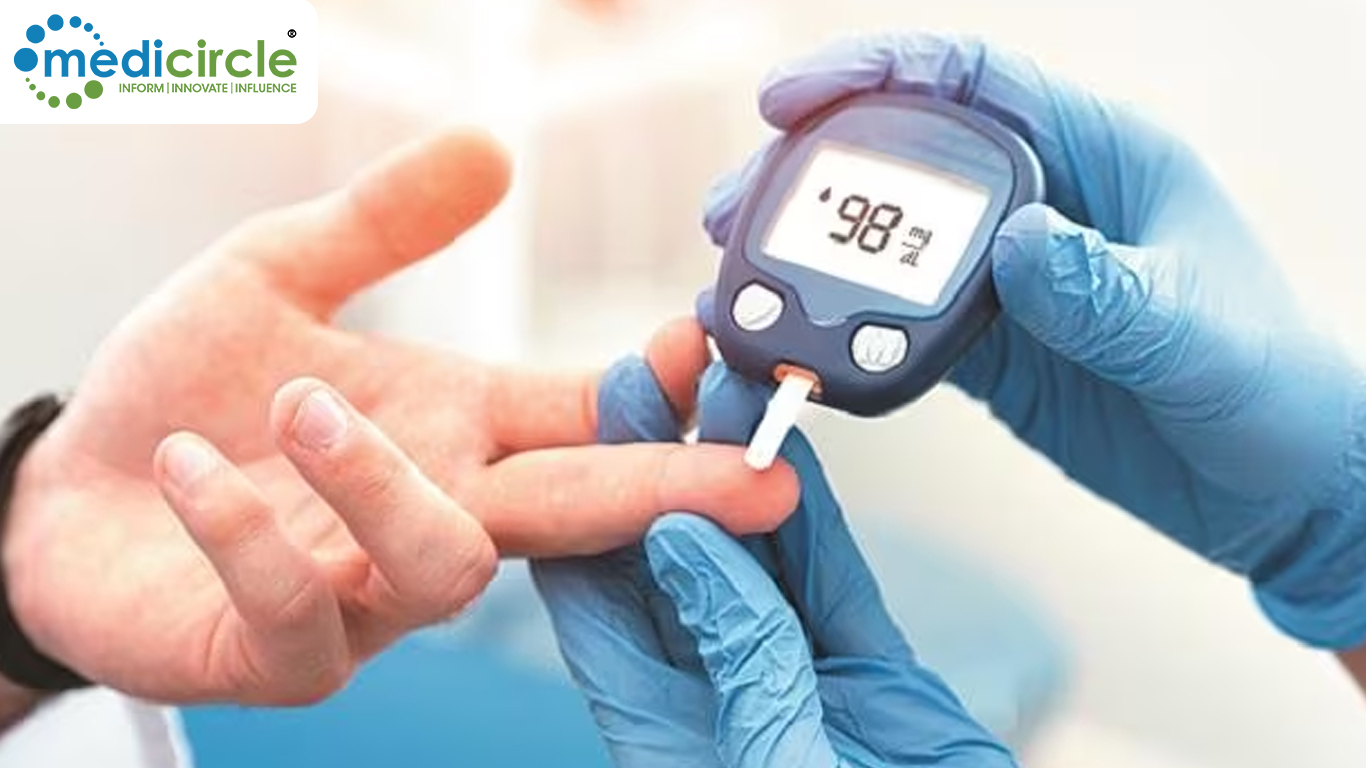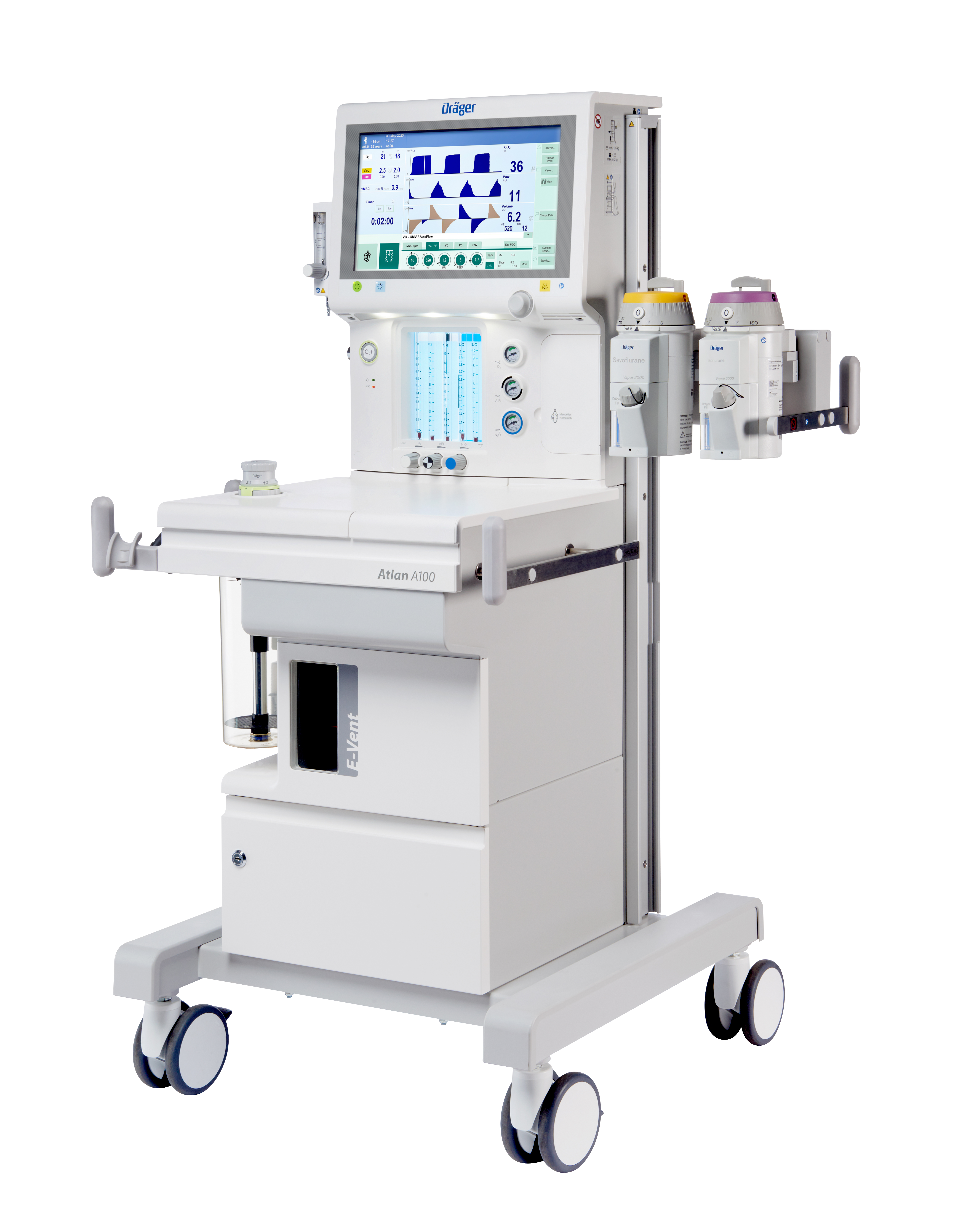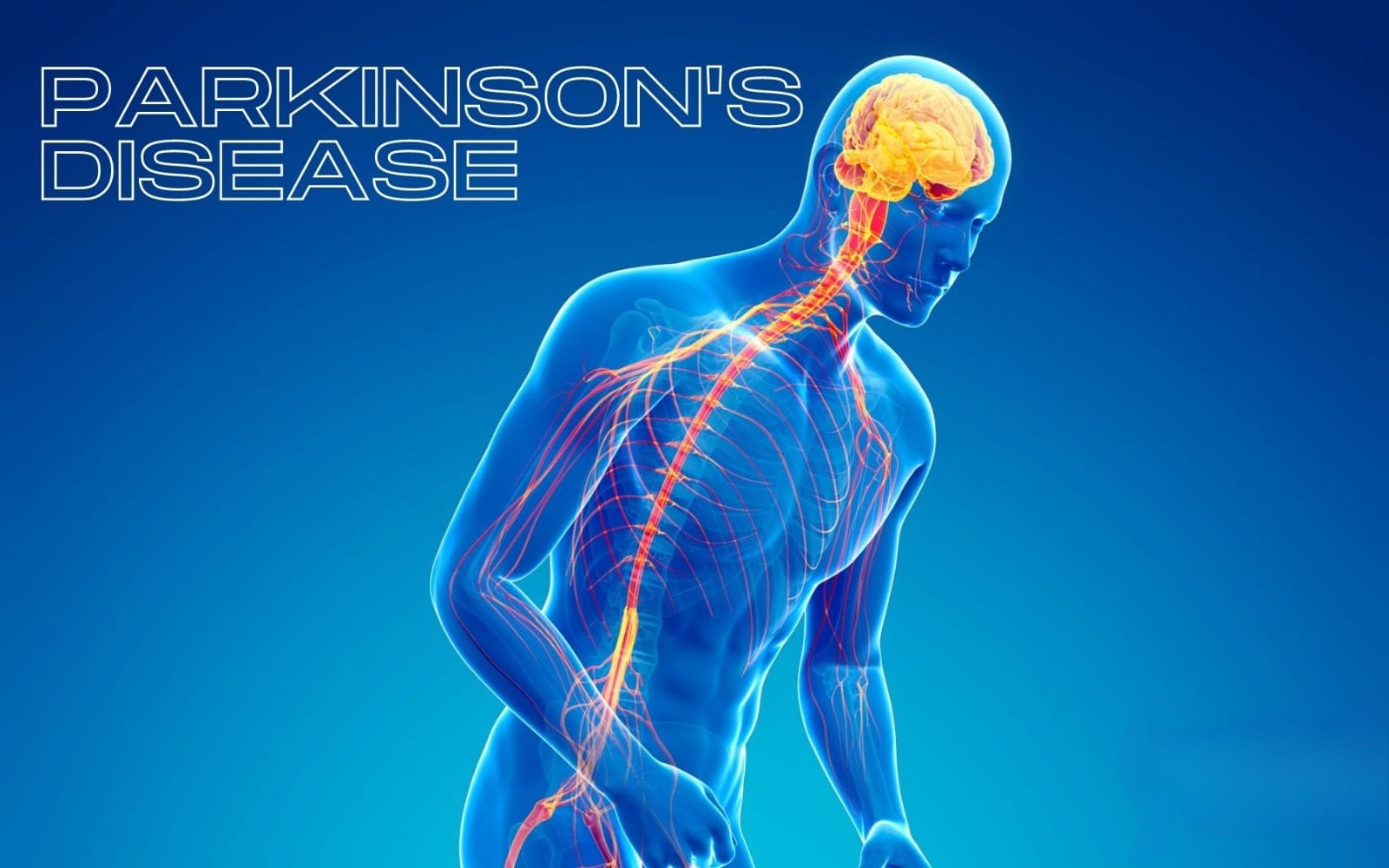Type 1 diabetes is a chronic condition that affects millions of people worldwide, including children and young adults. Managing the disease is a constant challenge as it requires balancing insulin levels to maintain proper blood sugar control. However, recent research has unveiled a promising new approach that could change how we treat one of the most dangerous aspects of type 1 diabetes, severe low blood sugar levels, or hypoglycemia. This new method focuses on blocking the hormone somatostatin, which may help prevent dangerous dips in blood sugar.
Type 1 diabetes occurs when the immune system mistakenly attacks and destroys the insulin-producing cells (beta cells) in the pancreas. As a result, people with type 1 diabetes must rely on insulin injections to regulate their blood sugar levels. While insulin is vital for keeping blood glucose in check, managing the dosage can be tricky. One of the biggest concerns for individuals with type 1 diabetes is the risk of hypoglycemia, a condition where blood sugar levels drop dangerously low.
When blood sugar levels drop in healthy individuals, the body naturally releases a hormone called glucagon, which signals the liver to produce glucose, thereby raising blood sugar back to a safe range. However, in individuals with type 1 diabetes, this natural defence mechanism is impaired. They not only lack insulin but also face the challenge of not being able to produce enough glucagon. This makes them more vulnerable to severe hypoglycemic episodes, which can lead to seizures, unconsciousness, and even death in extreme cases.
Understanding Somatostatin’s Role in Diabetes: New research from the University of Gothenburg and the University of Oxford has uncovered the crucial role that somatostatin plays in preventing glucagon release in type 1 diabetes. Somatostatin is a hormone produced by delta cells in the pancreas. It serves as a brake on the release of glucagon, preventing the body from raising blood sugar levels when they get too low.
The study, led by Professor Patrik Rorsman and a team of researchers, showed that in individuals with type 1 diabetes, the pancreas fails to release glucagon in response to low blood sugar. This failure is linked to an increased release of somatostatin, which inhibits the glucagon-producing alpha cells in the pancreas from doing their job. Without glucagon, blood sugar cannot rise, putting individuals at severe risk of hypoglycemia.
By examining pancreatic cells from both humans and mice, the researchers found that blocking somatostatin pharmacologically could restore the body’s ability to release glucagon when blood sugar levels dropped. In experiments using mice with type 1 diabetes, blocking somatostatin effectively prevented hypoglycemic episodes by allowing the release of glucagon during low blood sugar events.
A New Treatment Strategy: The findings from this study open up a new avenue for treating type 1 diabetes. By blocking somatostatin, researchers believe it may be possible to restore the pancreas’s ability to release glucagon, providing a much-needed safeguard against dangerous blood sugar drops.
Currently, individuals with type 1 diabetes rely on continuous monitoring of their blood sugar levels and carefully timed insulin injections. However, even with the most advanced insulin pumps and glucose monitors, there is always a risk of dosing errors that can lead to hypoglycemia. The potential to block somatostatin and allow the body to naturally produce glucagon when needed could provide an additional layer of protection, making diabetes management less stressful and more reliable.
The Science Behind the Breakthrough: The research team conducted their study by using a combination of techniques, including genetic modification and optogenetics, a technology that allows scientists to control cell activity using light. This advanced method allowed them to map the interactions between different cell types within the pancreas specifically the alpha cells (which produce glucagon), beta cells (which produce insulin), and delta cells (which produce somatostatin).
The study revealed a previously unknown mechanism of electrical signalling between beta cells and delta cells. When beta cells are destroyed in type 1 diabetes, this electrical connection is lost, leading to an increase in somatostatin release from delta cells. Without this electrical communication, glucagon production is suppressed, increasing the risk of blood sugar crashes. However, by blocking somatostatin, the researchers were able to restore glucagon release and prevent hypoglycemia. This discovery highlights the importance of the delicate balance between different hormones in the body and how disrupting this balance can have serious consequences for individuals with type 1 diabetes.
What Does This Mean for Type 1 Diabetes Treatment?
While more research is needed before somatostatin blockers become widely available as a treatment for type 1 diabetes, the findings from this study represent a major step forward in our understanding of the disease. If this approach proves successful in clinical trials, it could become a key component in the management of type 1 diabetes, particularly for individuals who struggle with frequent episodes of hypoglycemia.
For people living with type 1 diabetes, the prospect of reducing the risk of severe hypoglycemia is a game-changer. Hypoglycemia is one of the most feared complications of diabetes, as it can occur suddenly and without warning. The ability to prevent these dangerous episodes could improve quality of life for millions of individuals around the world.
Moreover, the development of somatostatin-blocking drugs could be an important tool for doctors in providing more personalized treatment plans. Currently, most diabetes treatments focus solely on insulin regulation. However, by addressing the root cause of glucagon deficiency, doctors may be able to offer a more comprehensive approach to managing the disease.
This study is just one example of the exciting research happening in the field of diabetes. Scientists are continuing to explore new ways to treat and manage type 1 diabetes, with the ultimate goal of finding a cure. Advances in genetics, immunology, and biotechnology are leading the way for more effective treatments that go beyond simply managing blood sugar levels.
For instance, researchers are investigating the possibility of regenerating insulin-producing beta cells in the pancreas, potentially restoring the body’s ability to produce insulin naturally. Others are exploring the use of stem cells to develop new treatments that could one day eliminate the need for insulin injections altogether.
In the meantime, the findings from the University of Gothenburg offer hope for those currently living with type 1 diabetes. By focusing on the interplay between glucagon and somatostatin, scientists have uncovered a new treatment strategy that could provide life-saving protection against hypoglycemia.
Type 1 diabetes is a complex and challenging disease, but with ongoing research and innovation, we are getting closer to more effective treatments. Blocking somatostatin to prevent dangerous blood sugar drops represents a significant breakthrough in our understanding of diabetes management. While it may take time for this new treatment to become widely available, the potential impact on the lives of those with type 1 diabetes is enormous.
For now, individuals with type 1 diabetes should remain vigilant about managing their condition, staying informed about the latest research, and working closely with their healthcare providers to ensure the best possible care. As science continues to advance, the future looks brighter for those living with this challenging disease. With ongoing dedication to research, we may one day see a world where type 1 diabetes is no longer a lifelong burden but a manageable condition with effective, targeted treatments.

 While it may take time for this new treatment to become widely available, the potential impact on the lives of those with type 1 diabetes is enormous.
While it may take time for this new treatment to become widely available, the potential impact on the lives of those with type 1 diabetes is enormous.





.jpeg)

.jpeg)

.jpeg)
.jpeg)









.jpeg)

.jpeg)
.jpeg)
.jpeg)


.jpg)


.jpeg)
.jpeg)